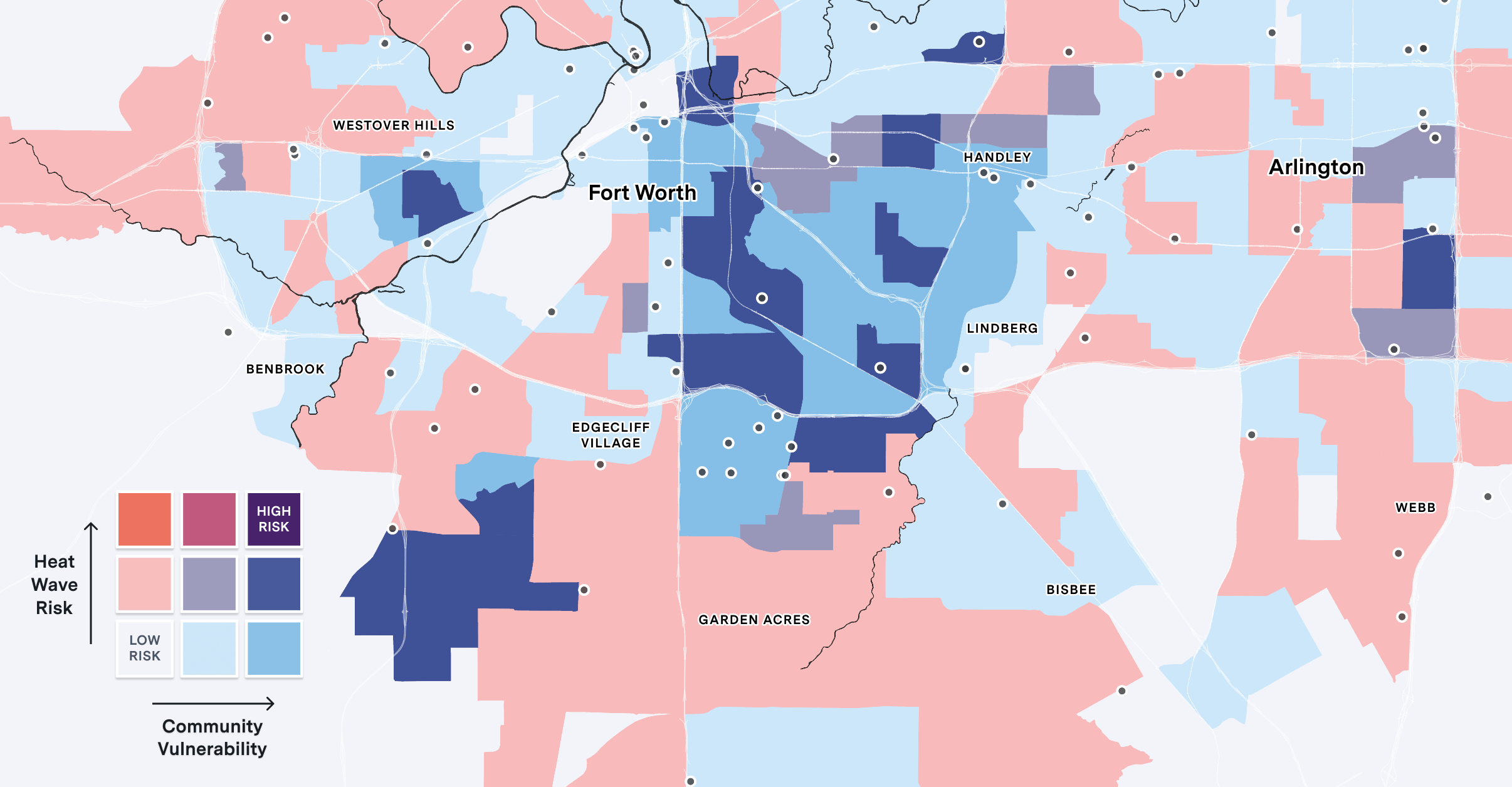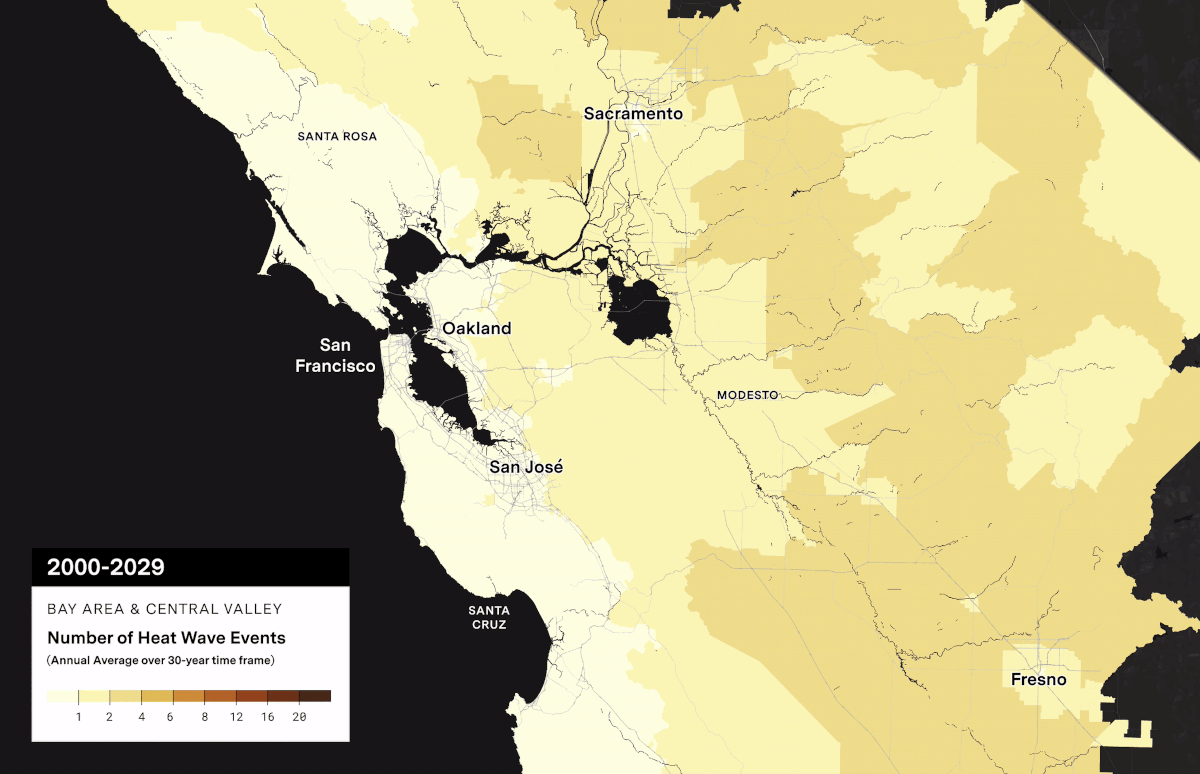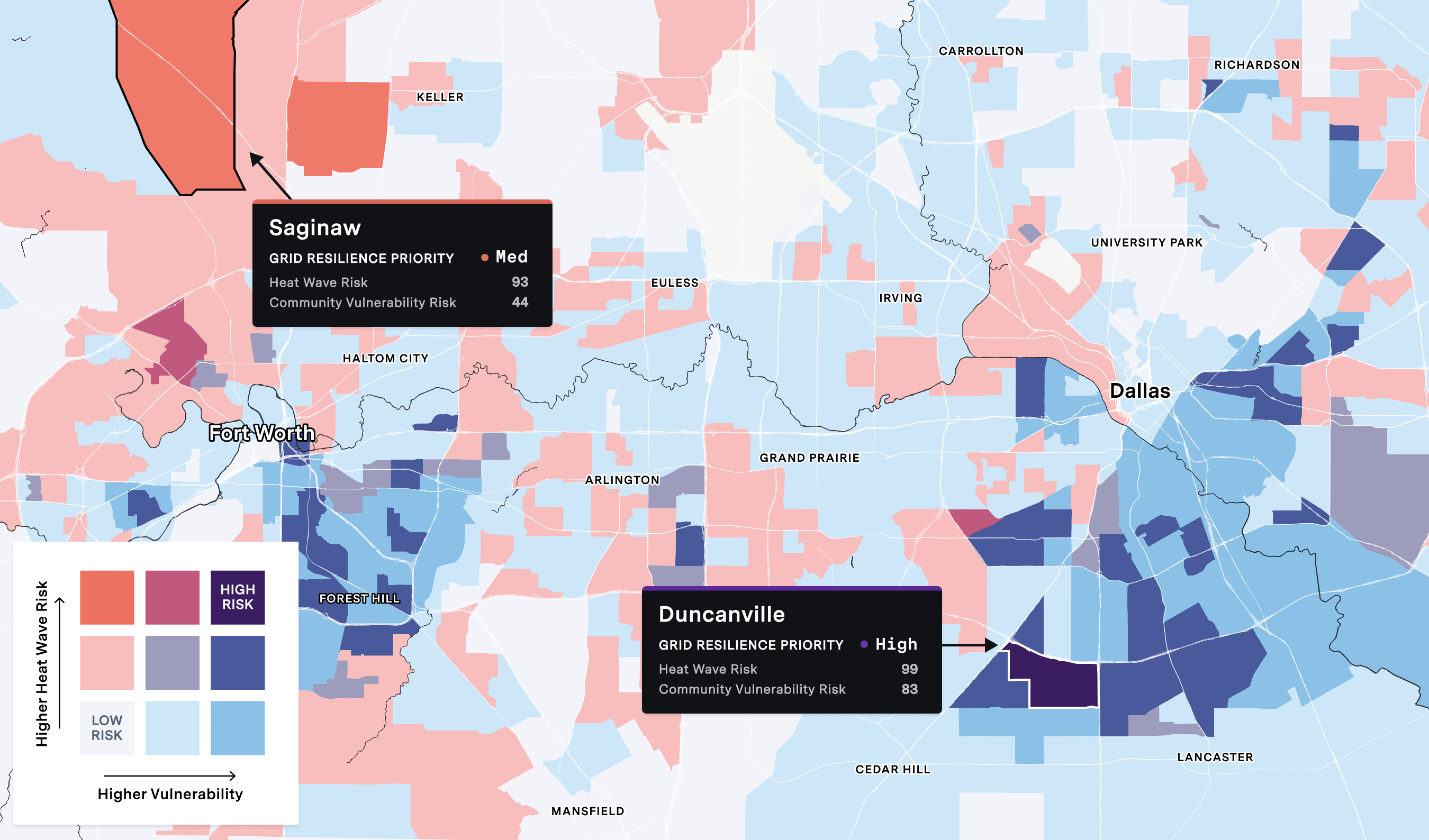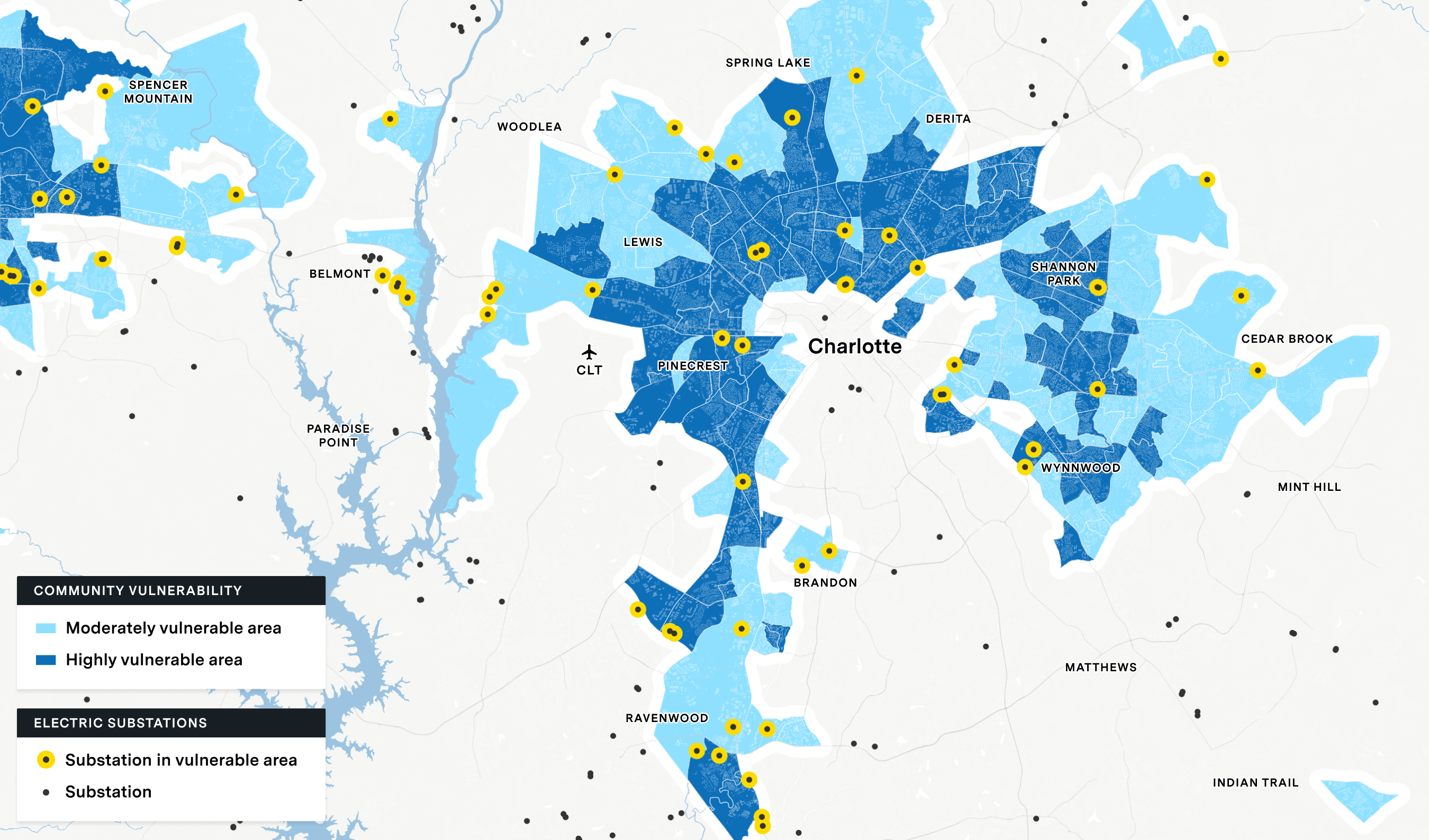How climate change not only exposes the vulnerability of our energy systems, but also threatens our communities

How close is our energy system to its breaking point?
Climate scientists have warned us climate change would drive an increasing cadence of extreme weather events, so we shouldn’t be surprised to see this prediction come to fruition right before our eyes. Extended periods of extreme heat waves and cold temperatures, massively damaging storm surges, far-reaching wildfires, and property-threatening sea-rise have rapidly become the norm. With additional natural hazard events of increasing intensity and frequency on the horizon, the energy industry has found itself at center stage.
Further compounding this pressure is a system built on the foundation of aging infrastructure, which continues to demonstrate clear deterioration and a critical need for investment. The need to improve and upgrade our energy systems is urgent. Yet, when deciding where to harden existing grid assets or invest in new ones, utilities have relied heavily on information increasingly limited in its predictive power: data on weather patterns of the past and on engineering-oriented characteristics of their own infrastructure (e.g. age, condition, capacity). But that approach has some experts wondering whether our system is set up for failure.

Turning our Attention to Community Risk and Vulnerability
Weather events’ impacts on energy infrastructure are further magnified by the effects on the communities energy providers serve. Early in 2021, news of a historic winter freeze in the state of Texas demonstrated the real threat of cold winter temperatures to power grids and gas lines, especially in areas where such temperature dips are rare. A depressing picture with 23 lost lives. Texas made headlines again in the spring of 2022 when state authorities appealed to residents to turn up their thermostats to lessen the strain on the grid from an early and intense heatwave
As we approach the peak of summer, increasing heat waves will keep utilities and emergency response agencies on-the-ready to keep power flowing and support vulnerable populations unable to withstand extreme heat and lost access to medical life support. State and federal regulators are also increasingly turning their attention to the community component, particularly the needs of vulnerable and traditionally disadvantaged populations, who are often disproportionately impacted:
- In many states, traditional utility operating mandates are being challenged by new Public Utility Commission (PUC) requirements for assessing risk to disadvantaged and vulnerable communities (DVCs), along with emerging guidelines around assessing climate risk and community vulnerability.
- In Washington State, the new Clean Energy Transformation Act (CETA) presents utilities with new rules that require, “equitable distribution of energy benefits and reduction of burdens to vulnerable populations and highly impacted communities.”
- A Biden Administration Executive Order will require that 40% of funds deployed to support climate resilience and economic recovery be spent to protect and build opportunity in disadvantaged and vulnerable communities.
As a result, energy utilities must now grapple with a new set of standards and filters as they prioritize investments and asset hardening in the face of an ever more complex climate, community, and regulatory landscape. With the industry’s capital expenditure estimated to top $140B in 2023, electric utilities will need to incorporate a host of new community and climate factors into their spending criteria. And they must do it fast.
Mapping Grid Investments to Minimize Community Impact
Prioritization must go beyond engineering-based assessments of load, capacity, and safety to account for the specific urban, economic, and socio-demographic factors that exacerbate a community’s vulnerability and resilience to heat waves or cold snaps, and the grid stress or failure they cause. Now providers must account for more critical variables:
- Risks of natural hazard events, especially those exacerbated by climate change (How likely are grid assets to be stressed to the point of failure?)
- Vulnerabilities of a service population (What are the impacts on communities in a service territory, especially those that are disadvantaged and vulnerable?)
In the case of heat-wave risk, for example, a substation that supports more customers with medical issues, or a more elderly population, would thus rank higher for hardening or capacity expansion than one whose failure would pose less of a risk to the community it serves. The calculus and underlying data to support this level of nuanced decision-making can be quite complex. To that end, UrbanFootprint’s Grid Resilience Insights combines highly relevant but otherwise disparate datasets from numerous sources, incorporating multiple variables, to provide a community-vulnerability priority “score” for a given service area.

As utility companies prepare proposals to take advantage of funding coming down the pipeline, such as President Biden’s Infrastructure Investment and Jobs Act, some are using UrbanFootprint to demonstrate where and how funds would be spent to meet the needs of disadvantaged communities. In many cases, this is making the difference for some utilities to stand out among competitors and secure the maximum amount of available funding.

UrbanFootprint’s visual mapping capabilities combined with its comprehensive data core, which is then layered together with infrastructure data, enables utilities to plan scenarios and visualize composite insights across teams. From this single, centralized resource, multiple teams across departments or organizations can apply for funding together; make critical infrastructure decisions; and meet new climate, sustainability, and equity goals. Armed with the actionable insights the platform provides, utility companies can be better equipped to decide which assets to prioritize for funding proposals, investment decisions, and future planning, ultimately empowering them to mitigate risks to their power grid assets, minimize impacts on the communities they serve, and streamline internal, community-facing, and regulatory compliance processes.
Energy providers all share the same top priority: providing safe and reliable service to their communities. With climate change rapidly changing the game for achieving this goal, a unified, data-driven platform with a focus on the community component may be the key to a successful infrastructure investment plan.








